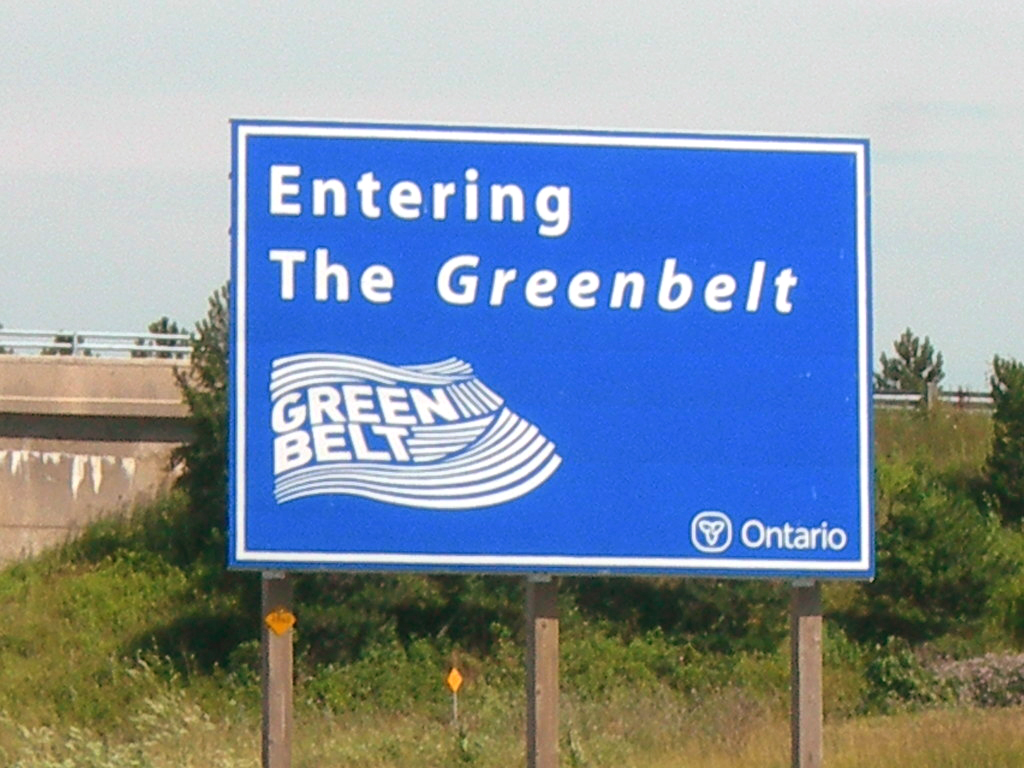
Listen to audio version below:
Ontario’s Greenbelt is the subject of Bill 23 where the provincial government is making an argument for the need for an increase in housing supply. Many developers, including the Ontario Home Builders’ Association, say the Greenbelt restricts housing supply and drives up costs.
“I think it’s a bit of a red herring in terms of the housing affordability question,” said Mark Winfield, professor at the new Faculty of Environmental and Urban Change at York University. “The basic answer is the impact of the Greenbelt on the housing costs has been pretty much zero. There are more than adequate land supplies available.”
According to a CBC News story, a coalition that includes environmentalists and housing advocates have voiced strong concerns about the plan to open up the Greenbelt to housing development. Bill 23, known as the More Homes Built Faster Act, describes the creation of 1.5 million homes over the next 10 years and proposes amendments to certain plans such as the Greenbelt plan.
In a Habitat for Humanity Affordable Housing Survey, four in five Canadians reported being concerned with having to spend less on food, savings, and transportation and/or debt payments to afford housing costs.
The Greenbelt Foundation created a submission to The Ontario Housing Affordability Task Force in 2021 with a pitch to create more affordable housing in Ontario’s Greenbelt.
Premier Doug Ford’s proposal, which was released in early November, aims to build at least 50,000 new homes on more than a dozen tracts of land in the Greenbelt, while also adding 2,000 acres of protected land elsewhere.
The Greenbelt hasn’t played a role in housing affordability, said Frank Clayton, a senior research fellow with the Centre for Urban Research and Land Development, at Toronto Metropolitan University.
“The Greenbelt hasn’t really had a negative impact on affordability because its land really hasn’t been needed yet,” said Clayton, “The Greenbelt is a nonfactor because we have enough land probably for the next 20 years.”
There is still lots of land that could be developed between the built-up area, such as Hamilton and Markham, which are areas of the Whitebelt, said Clayton.
The Greenbelt Protection Act was created in Feb. 2005 by then-Premier Dalton McGuinty. It was meant to protect valuable farmland and natural habitats from development, covering 2 million hectares surrounding the Golden Horseshoe. This includes the GTA, Hamilton Niagara region and the Bruce Peninsula.
In 2001, Premier Mike Harris placed over 400,000 hectares of the Oak Ridges Moraine under protection. Over one million acres of prime farmland are also protected.
“The Greenbelt itself isn’t really targeting [housing affordability], it is meant to protect really important, larger systems,” said Ed McDonnell, CEO of the Greenbelt Foundation. “We support the idea of smart housing solutions and always have, what we encourage though is housing inside of existing communities.”
There is lots of land inside existing communities that needs to be developed because that’s where the infrastructure exists, said McDonnell. This includes developing houses where transit hubs, services, and jobs exist.
“I mean, this whole thing raises really fundamental questions about what’s going on in terms of the government’s approach to planning and development,” said Winfield. “It does look more and more like this is just a series of gigantic gifts to the developers and has nothing to do with housing affordability and certainly nothing to do with building livable, sustainable, affordable communities.”
With files from Tyrese Wedderburn.
Reporter, On The Record, Fall 2022.

